I earn commissions if you shop through the links below at no additional cost to you.
Last Updated on February 5, 2025 by Jeremy
Inspired by Research from Kailyn – Our Youngest Geology Explorer
There’s something timeless about rocks—silent yet powerful, shaped by millions of years of pressure, heat, and transformation. But here’s the thing: they aren’t just sitting still. Rocks are on a constant journey. From fiery lava flows to towering mountain peaks, the rock cycle is nature’s never-ending recycling system—and it’s happening all around us.
This article was inspired by research from Kailyn, our youngest explorer, who dove deep into the fascinating world of rocks for one of her homeschool topics. So, as we explore the science behind the rock cycle, we’ll also highlight incredible places where you can witness these transformations firsthand—because learning is best done in the wild.
The Rock Cycle: Earth’s Never-Ending Transformation
Rocks are always changing, even though we don’t always see it. The rock cycle is Earth’s way of recycling—igneous, sedimentary, and metamorphic rocks constantly breaking down and reforming over time.
1. Igneous Rocks – Born from Fire
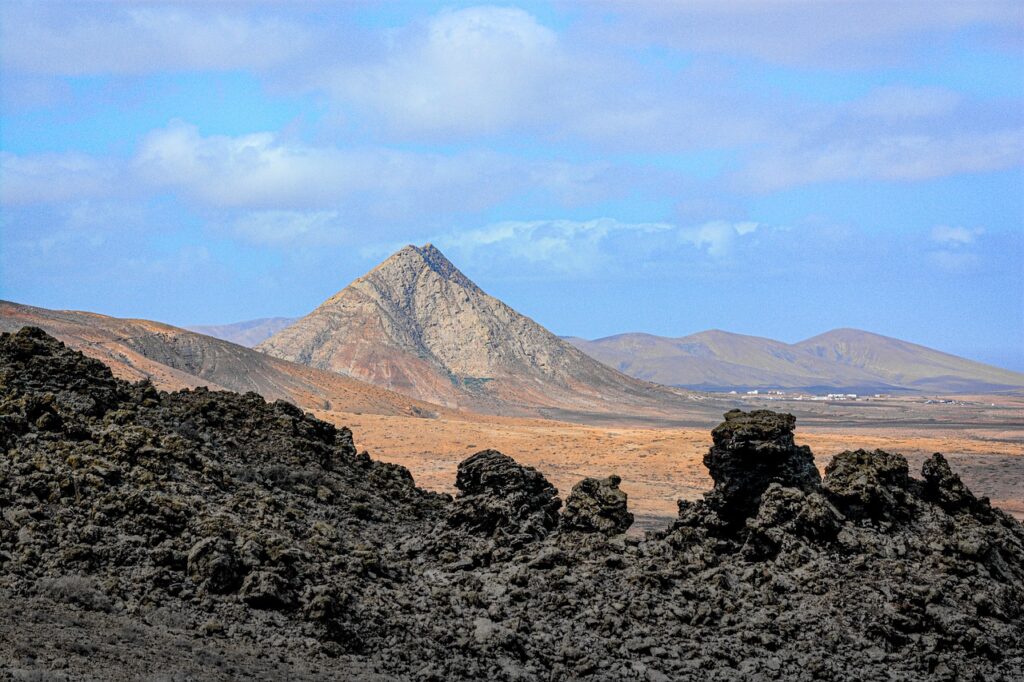
When molten lava cools and hardens, igneous rocks form. Some solidify beneath the surface (intrusive rocks like granite), while others erupt onto the surface and cool rapidly (extrusive rocks like basalt or obsidian).
🔹 Where to See It in Action:
🔥 Hawai’i Volcanoes National Park, USA – Watch lava flows cool into new land.
🔥 Mount Etna, Italy – Europe’s most active volcano, constantly creating new rock formations.
🔥 Reykjanes Peninsula, Iceland – Walk on cooled lava fields and see the Mid-Atlantic Ridge above ground.
2. Weathering & Erosion – Nature’s Sculptors
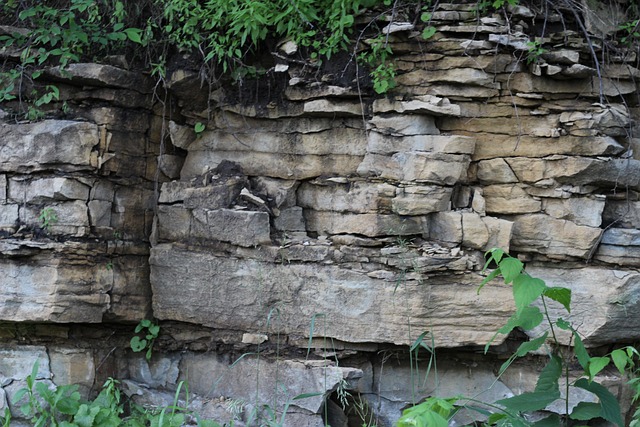
Wind, water, and ice break down rocks into smaller particles, which are then carried away to new locations. Over time, these forces carve out stunning landscapes and form new sedimentary rocks.
🔹 Where to See It in Action:
🌊 The Grand Canyon, USA – A masterpiece carved by the Colorado River.
🌪 The Pinnacles, Australia – Mysterious limestone pillars shaped by wind erosion.
🏜 Monument Valley, USA – Towering rock formations sculpted by time.
3. Sedimentary Rocks – Layers of History
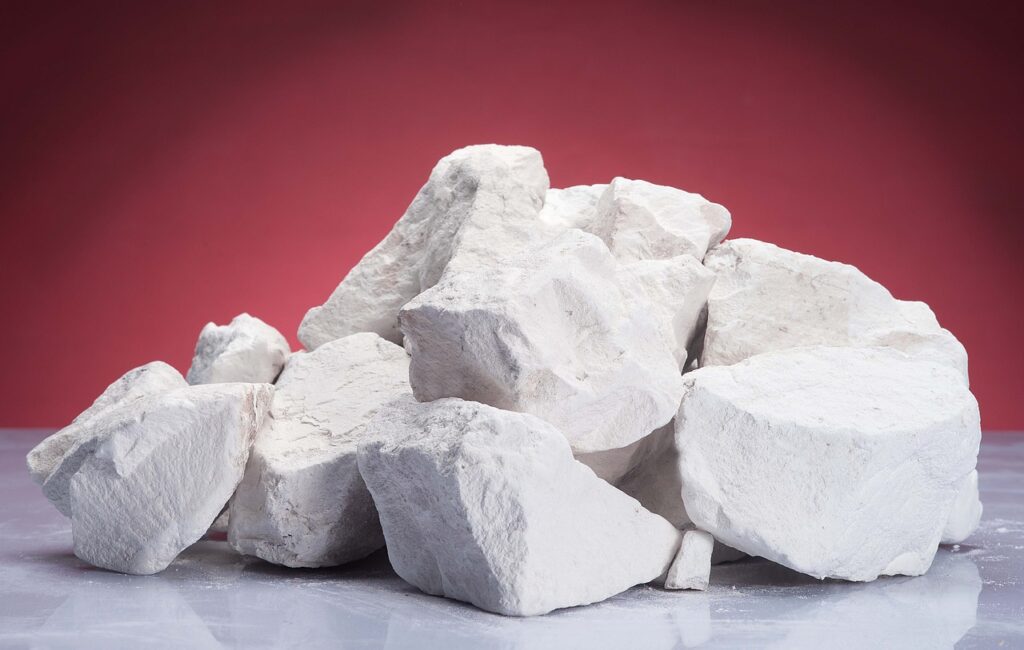
Over time, broken-down rock particles settle into layers, hardening into sedimentary rocks like sandstone, shale, and limestone. These layers preserve fossils and tell stories of ancient environments.
🔹 Where to See It in Action:
🦴 Dinosaur Provincial Park, Canada – Fossil-filled badlands of ancient riverbeds.
🏜 Antelope Canyon, USA – Famous swirling sandstone walls shaped by flash floods.
⛰ White Cliffs of Dover, England – Massive chalk cliffs formed from ancient marine life.
4. Metamorphic Rocks – Earth’s Pressure Cookers
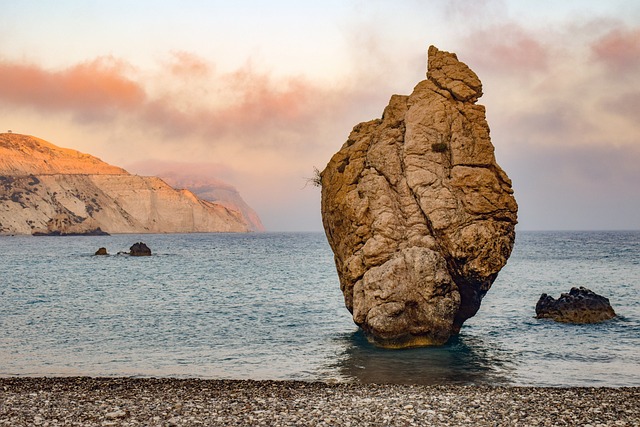
When existing rocks are subjected to intense heat and pressure, they change into metamorphic rocks like marble, quartzite, and slate. This happens deep within the Earth but can be revealed through erosion and tectonic activity.
🔹 Where to See It in Action:
⛰ The Alps, Europe – Gneiss, schist, and marble dominate these towering peaks.
🏜 Death Valley, USA – Twisted rock formations reveal extreme geological transformations.
🏛 The Taj Mahal, India – Built from gleaming white metamorphic marble.
5. Melting & Recycling – Back to the Beginning
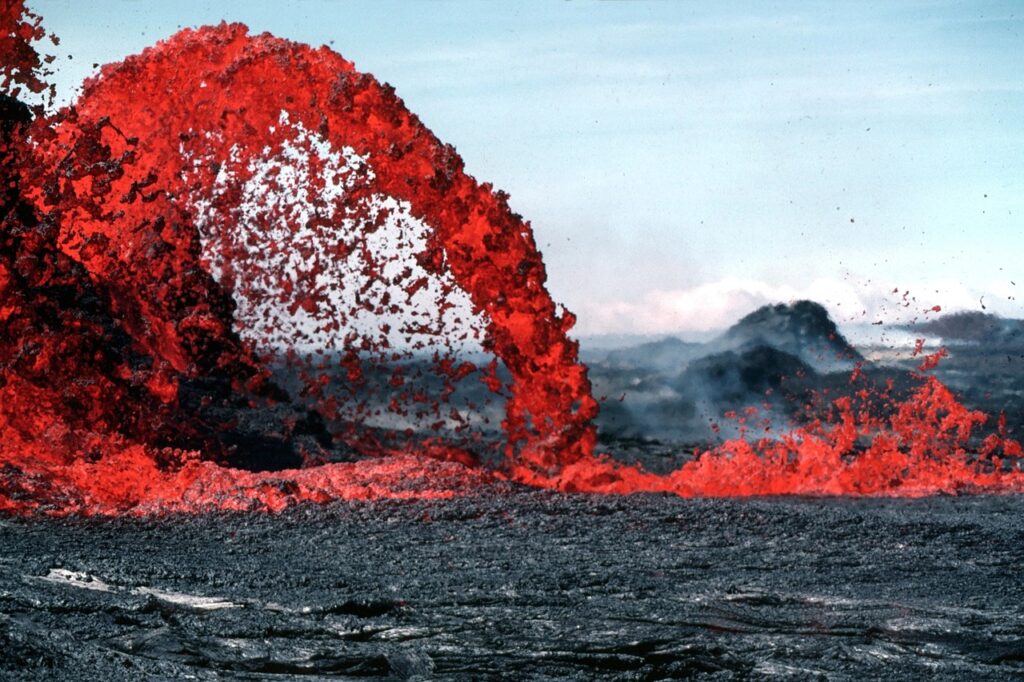
Given enough heat, any rock can melt back into magma, starting the cycle again. This is how the Earth’s deep recycling system keeps shaping the planet.
🔹 Where to See It in Action:
🌋 Yellowstone National Park, USA – A supervolcano brewing beneath the surface.
🌋 Sakurajima, Japan – Frequent eruptions showcase new rock formation.
🌋 Mount St. Helens, USA – A living example of destruction and renewal.
Dig Into Adventure: Rockhounding & Geology Tours
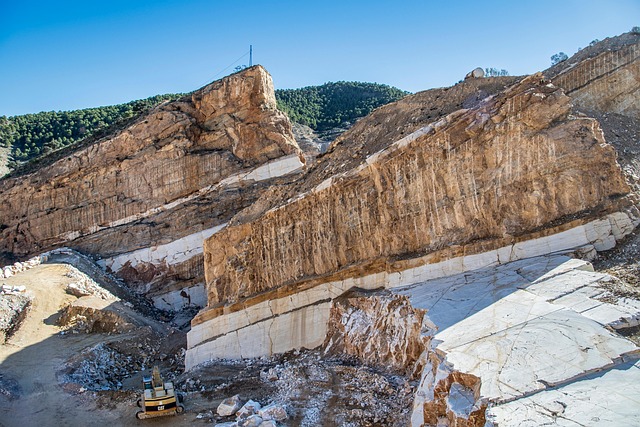
The best way to truly understand rocks is to get your hands dirty! Whether you’re searching for fossils, gemstones, or volcanic glass, there are incredible places where you can experience geology firsthand.
🔹 Top Rockhounding & Fossil Hunting Destinations:
💎 Opal Fields, Australia – Dig for rare black opals in the Outback.
💎 Pretoria, Gauteng – Experience a Diamond mine tour like no other.
💎 Fossil Beach, England – Uncover ammonites and ancient marine fossils.
🔹 Best Geological Tours to Experience the Rock Cycle:
🗿 Viator’s Iceland Geology Tours – Witness active volcanoes, geysers, and black sand beaches.
🗿 Expedia’s Grand Canyon Tours – Explore layers of rock dating back 2 billion years.
🗿 Viator’s Petra & Wadi Rum, Jordan – Walk through ancient sandstone formations that tell a story of time.
How to Start Rock Collecting (Without a Ph.D.)
You don’t need to be a geologist to start collecting cool rocks! Whether you’re a traveler, hiker, or just curious about Earth’s treasures, rock collecting is a great hobby.
Essentials for Beginners:
✅ Rock Identification Book – Helps you tell the difference between quartz and calcite.
✅ Geology Hammer – For breaking samples (ethically, of course).
✅ Field Notebook – Record locations and observations.
✅ UV Light – Some minerals glow under UV light (fluorescent rocks are awesome!).
🔗 Find Rockhounding Gear on Amazon
Conclusion: Rocks Are More Than Just… Rocks
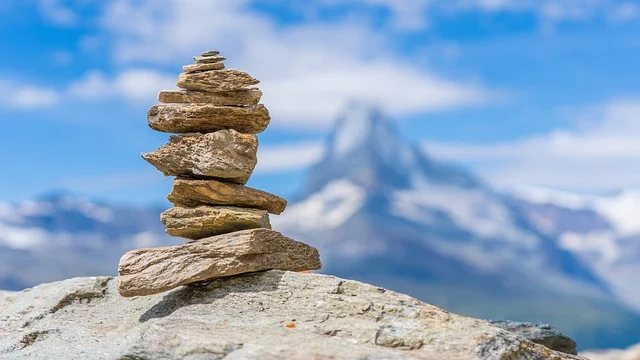
Before researching this topic, Kailyn knew rocks were cool—but she didn’t realize they were alive in their own way, constantly changing and evolving. This journey through igneous, sedimentary, and metamorphic transformations isn’t just science—it’s a story billions of years in the making.
Rocks hold history. They’ve been used to build temples, tools, and entire civilizations. They preserve fossils of creatures long extinct. They carve landscapes and shape our world.
So, the next time you pick up a rock, think about its journey. Was it once lava? A part of an ancient sea? Pressed under mountains?
If you’re ready to take your curiosity into the real world, explore a national park, join a fossil dig, or visit a rockhound’s paradise—because Earth’s story is written in stone.
💬 What’s the coolest rock or formation you’ve ever seen? Drop a comment below!
🌎 Share this article & let’s keep exploring the wonders of nature together.

Leave a Reply